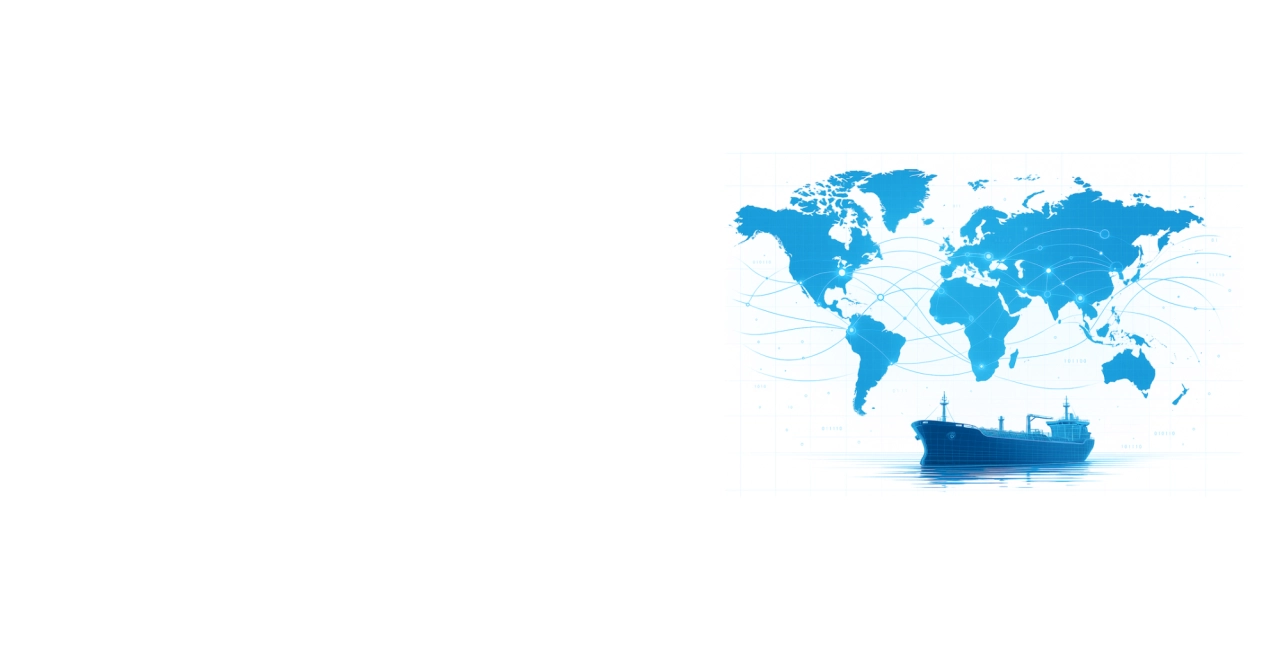
Marine Assurance 2.0
Changing The Way We Approach Risk
Sanctions, Emissions, Labour, Vessel Behaviour – Risk is Evolving
And with it, so too is the volume, quality and variety of data available to assess that risk. Today’s technologies offer advanced analytics and business intelligence capabilities that were previously out of reach.
As a result, the industry’s approach to risk assessment must adapt.
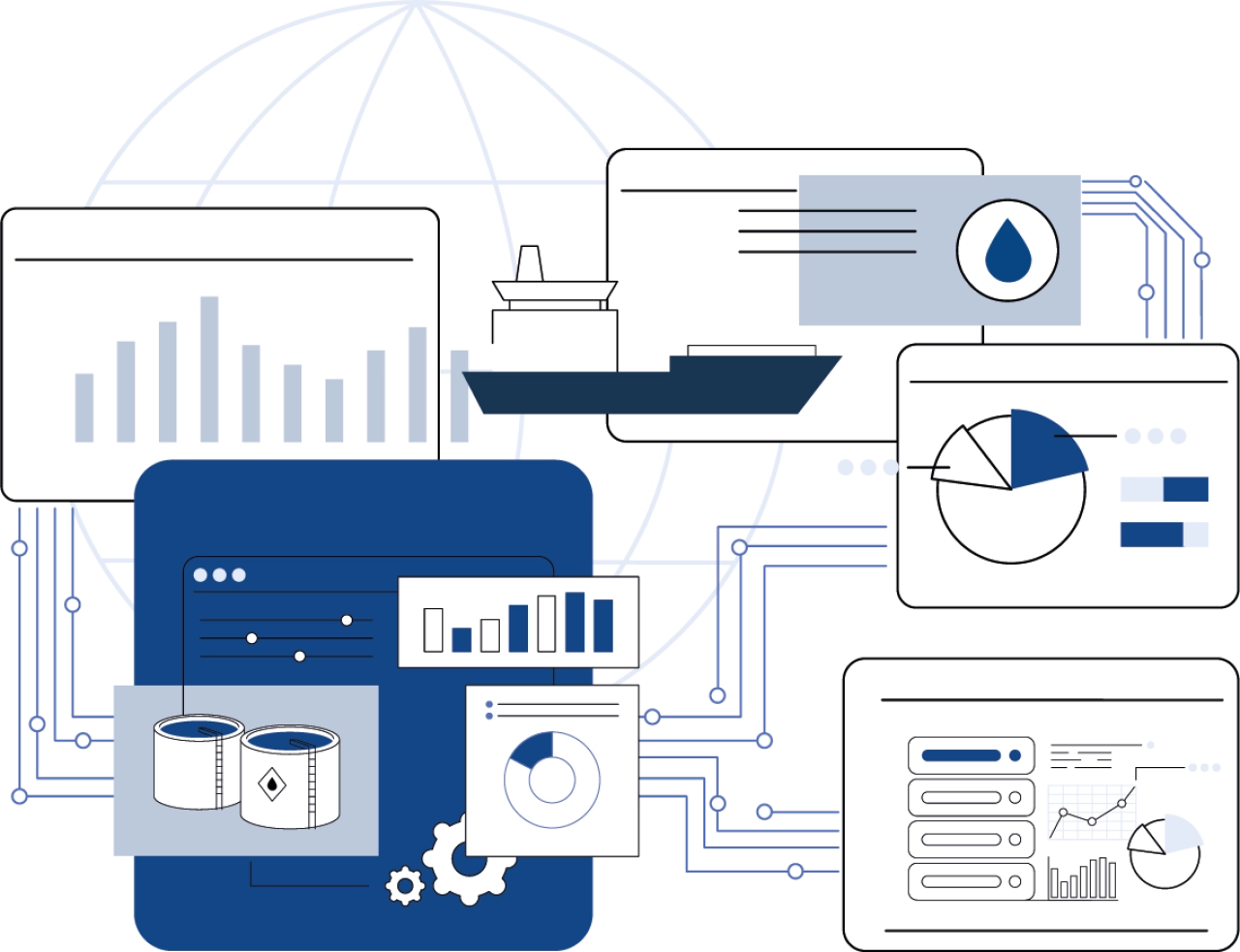
Welcome to Marine Assurance 2.0
Through a combination of new risks, technologies and mindsets, the industry has entered a new era: Marine Assurance 2.0.
This next generation of marine assurance goes beyond safety and pollution prevention. It harnesses digitalisation, data science and decarbonisation efforts to improve insight, strengthen policies, monitor compliance and drive efficiency across the supply chain.
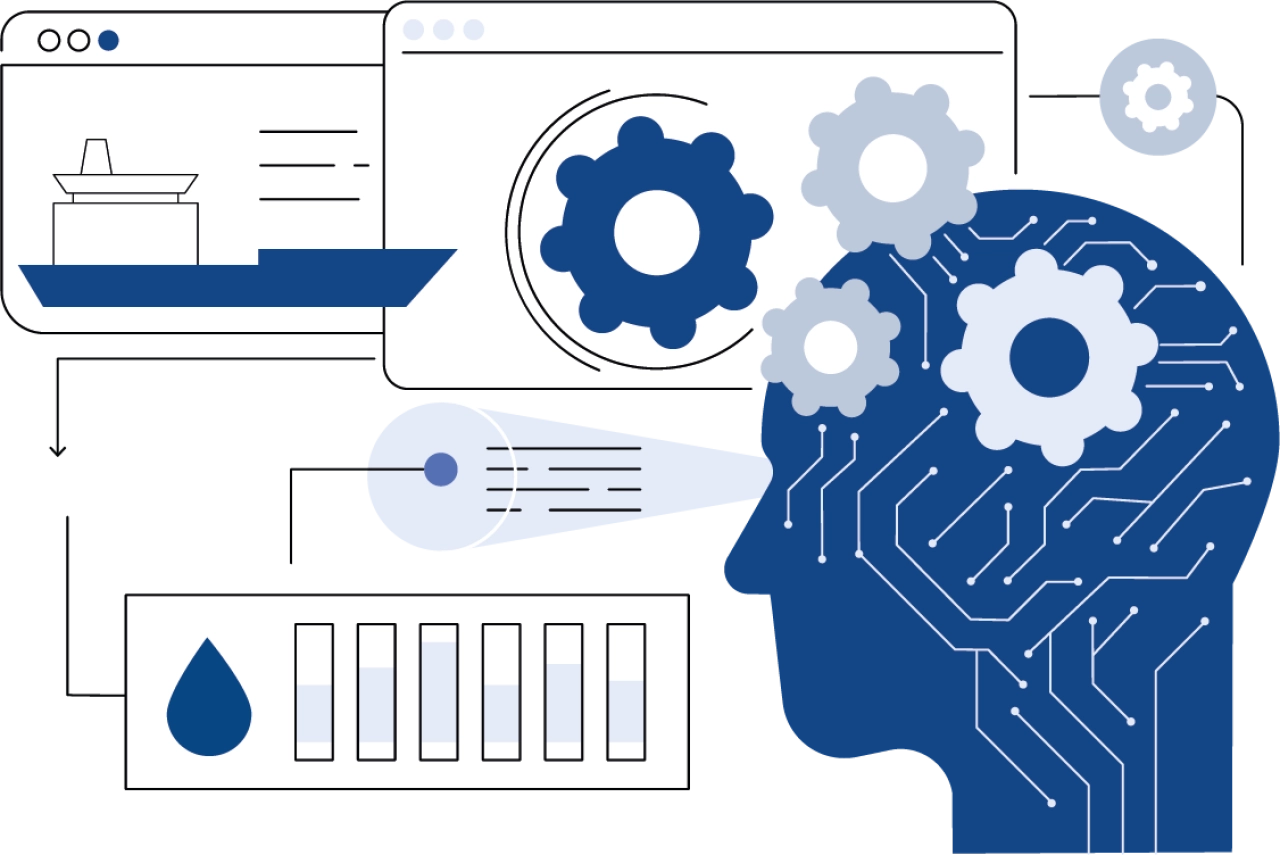
A New Phase in Vetting Evolution
Vetting - the structured risk assessment of a vessel transporting cargo by sea or inland waterways - has long been central to marine assurance.
Its focus on physical inspection and operational standards has helped drive down incidents and improve vessel condition over the decades. The introduction of management assessments in the early 2000s widened its scope even further, reducing risk across both hardware and human processes.
Now, SIRE 2.0 introduces a deeper focus on human factors, visual evidence and enhanced inspection criteria - all designed to take vetting to the next level and deliver continued safety improvements.
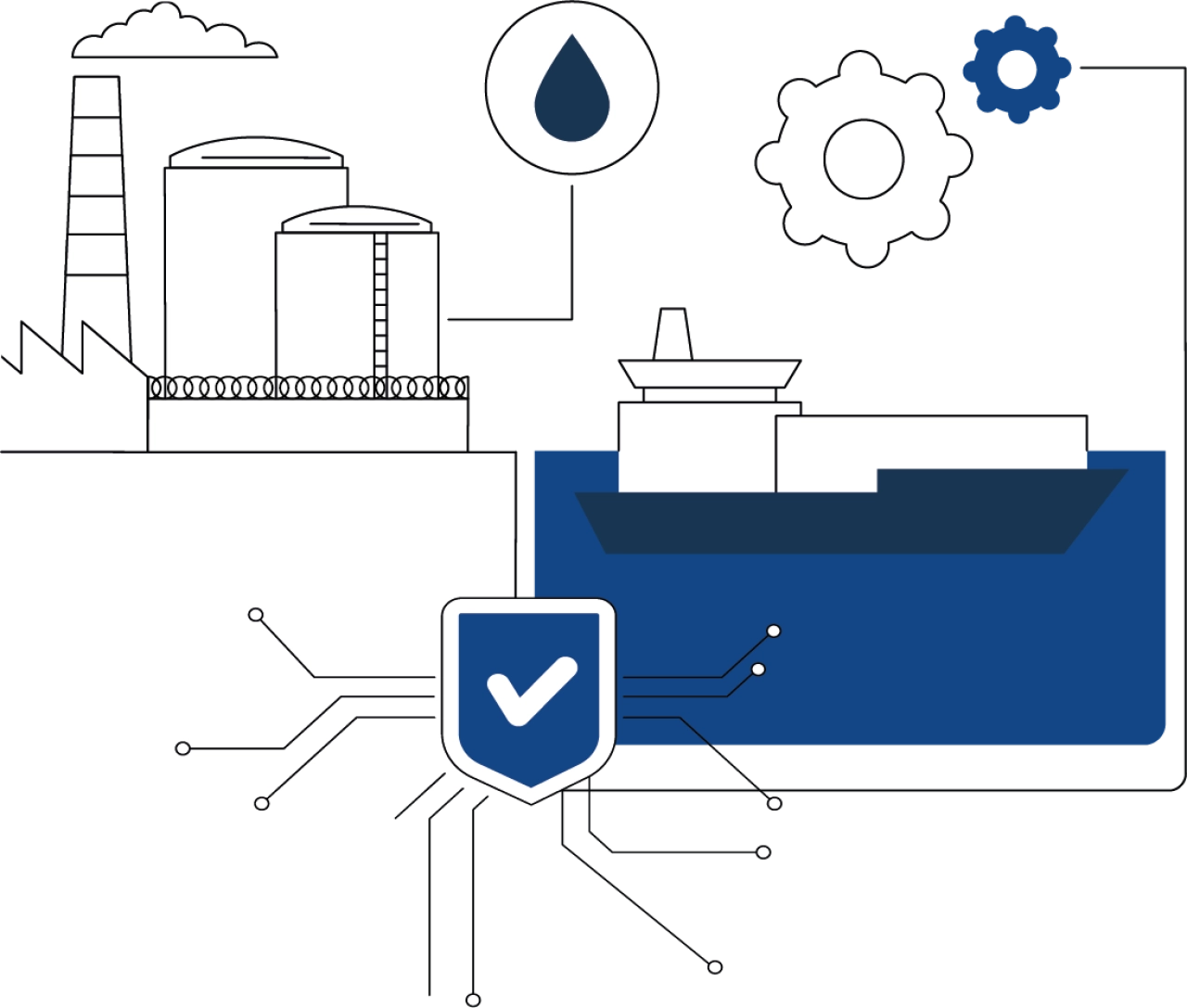
Risk is No Longer Just Physical
In today’s geopolitical and environmental landscape, risk presents in new ways. It’s no longer enough to check a ship’s technical specifications or walk the deck.
Sanctions can be imposed overnight. Emissions breaches and sustainability failings can carry as much reputational damage as a pollution event. Labour standards and supply chain visibility are increasingly under scrutiny.
A simple ‘vet’ no longer provides the full picture.

The Expanding Role of Marine Assurance
In the digital era, Marine Assurance does far more than confirm a vessel’s condition. It now supports wider operational decisions, offering a full view of compliance, environmental performance and supply chain risk.
Big Data and AI enable us to unlock insight from vast datasets. Data science supports smarter, faster decision-making, creating feedback loops that strengthen assurance policies and promote continuous improvement.
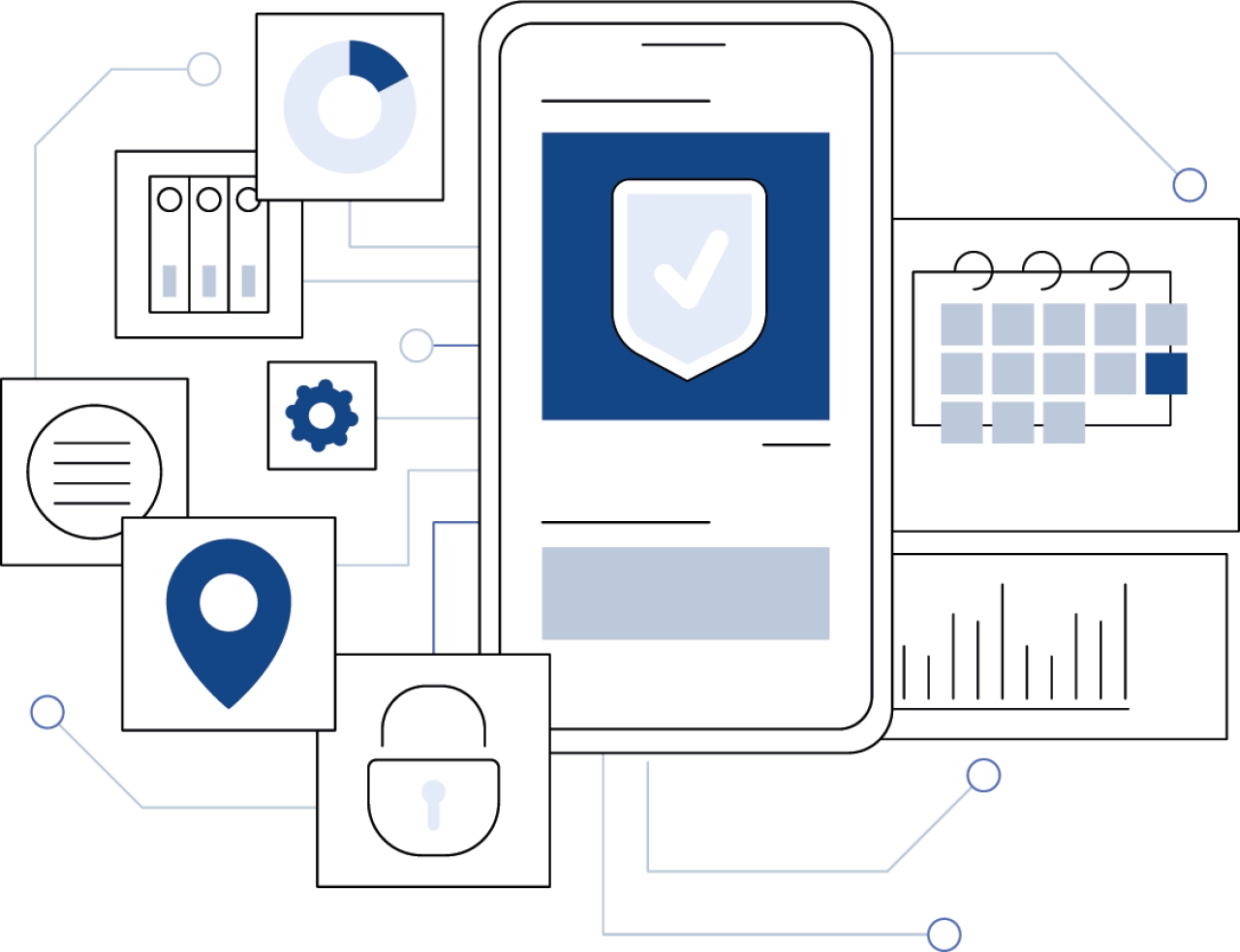
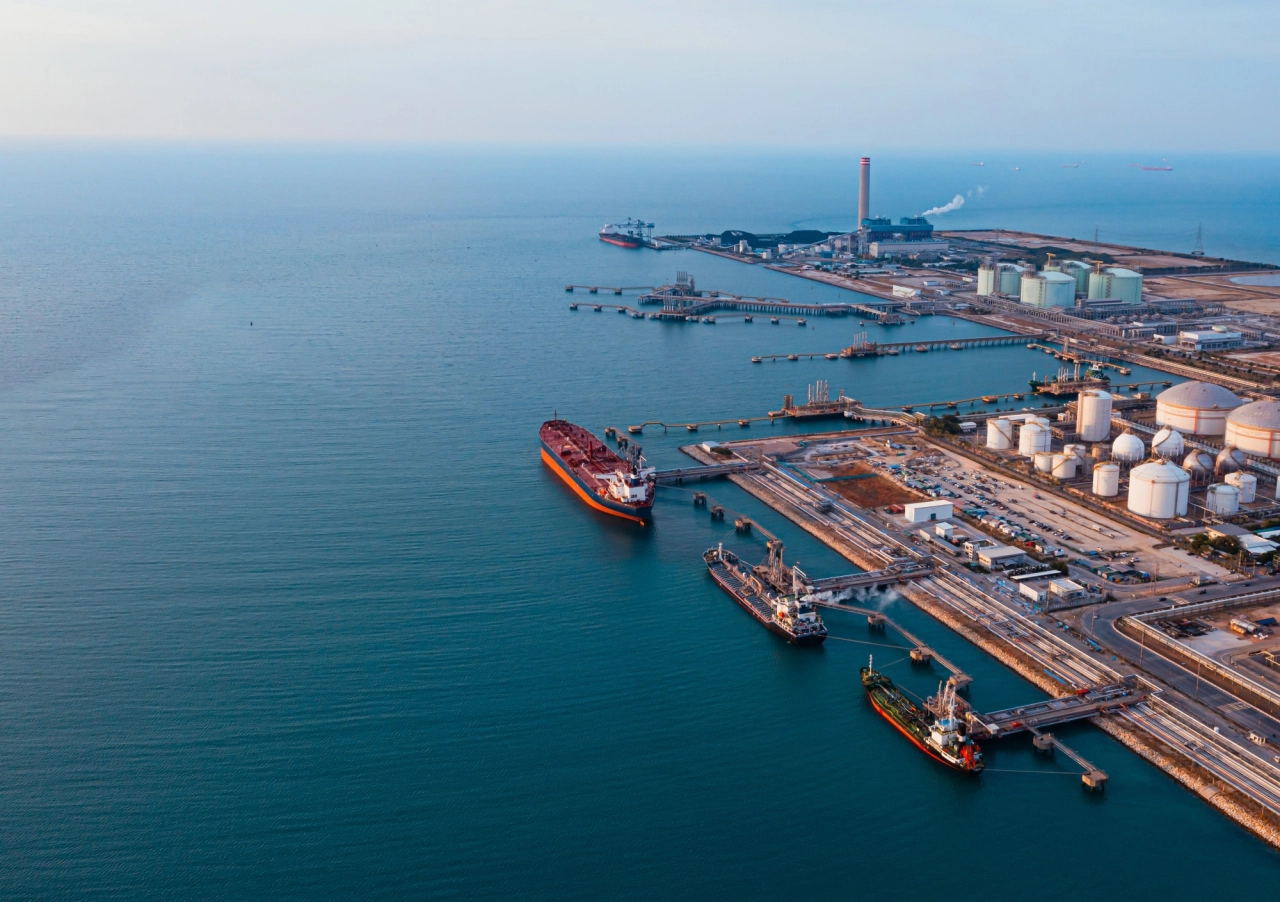
Assurance Revolution
For a future that demands safer, greener, more sustainable shipping, companies need risk management processes that are efficient, transparent and built for today’s complexity.
MIS Marine is helping to lead that change.
Our products and solutions support energy companies of all sizes of operations in embracing digitalisation – unlocking the benefits of smarter, data-led marine assurance across the industry.
Navigating Changing Risk
Marine Assurance now underpins the wider business – strengthening everything from vessel selection and voyage planning to ongoing compliance, effective communication and optimised port calls.
Download our guide to learn more about how risk is evolving – and how to stay ahead:
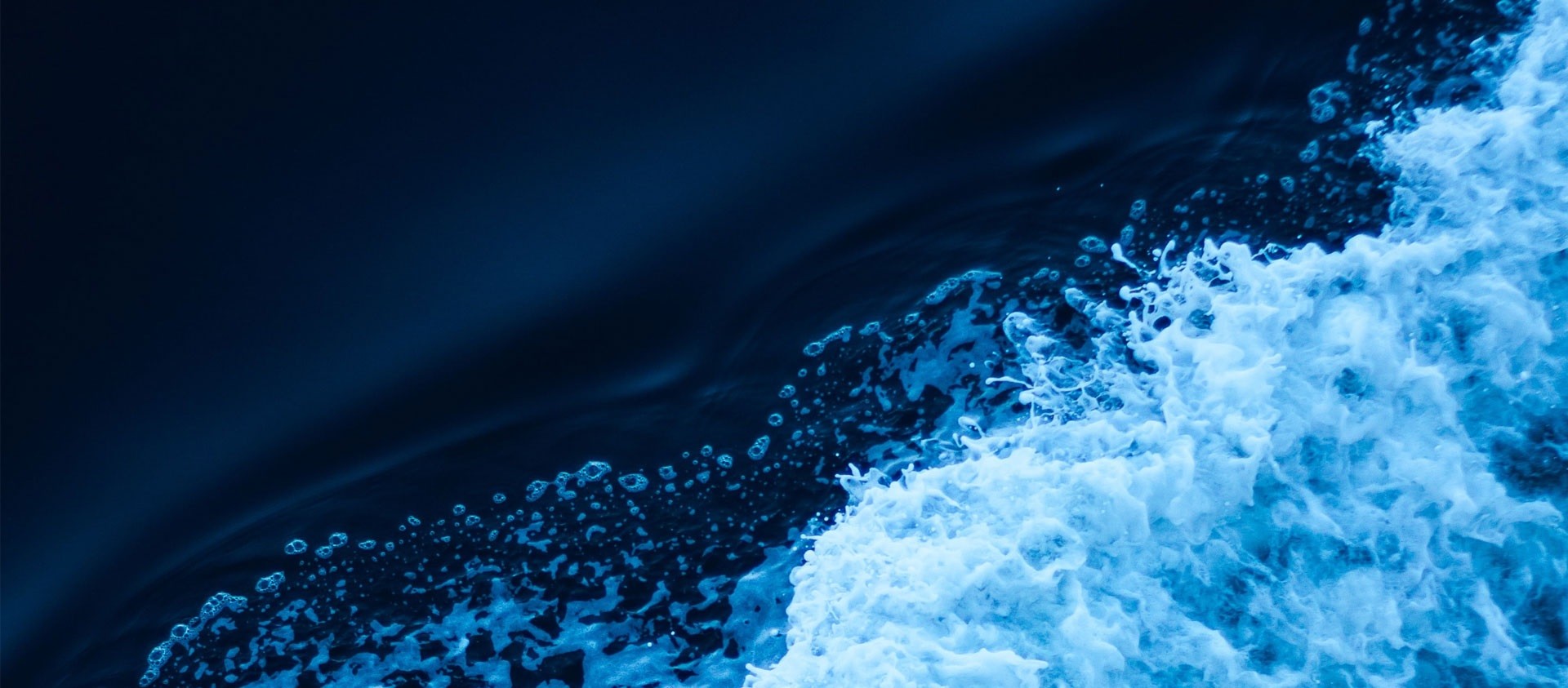
See how Mainstay supports smarter, end-to-end risk management
From vessel vetting and sanctions screening to emissions data and port call efficiency, Mainstay gives you a complete, connected view of marine risk – all in one platform.